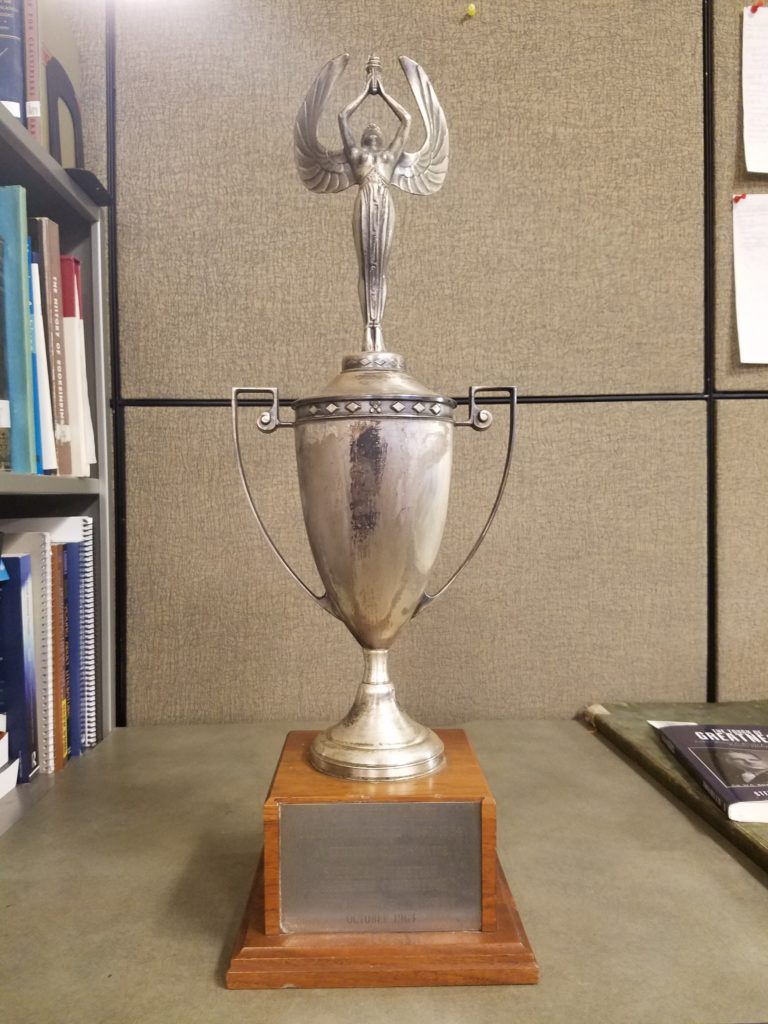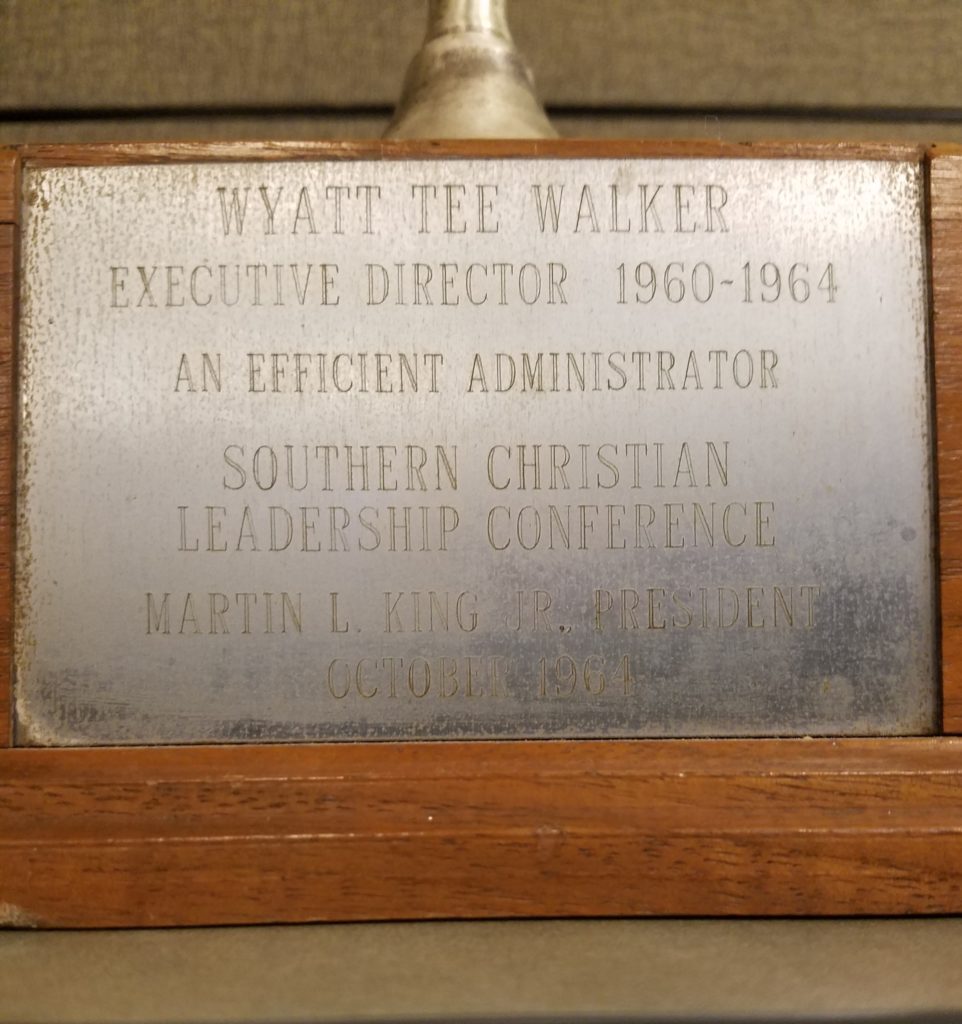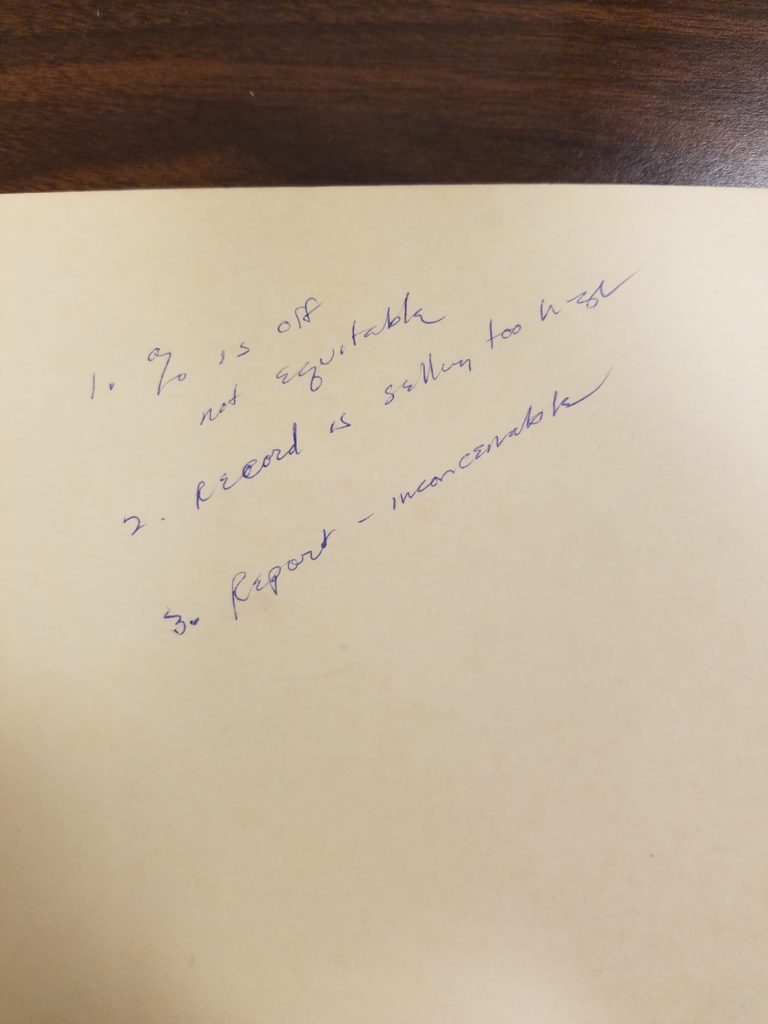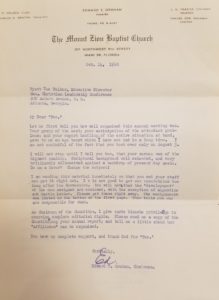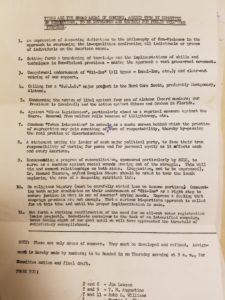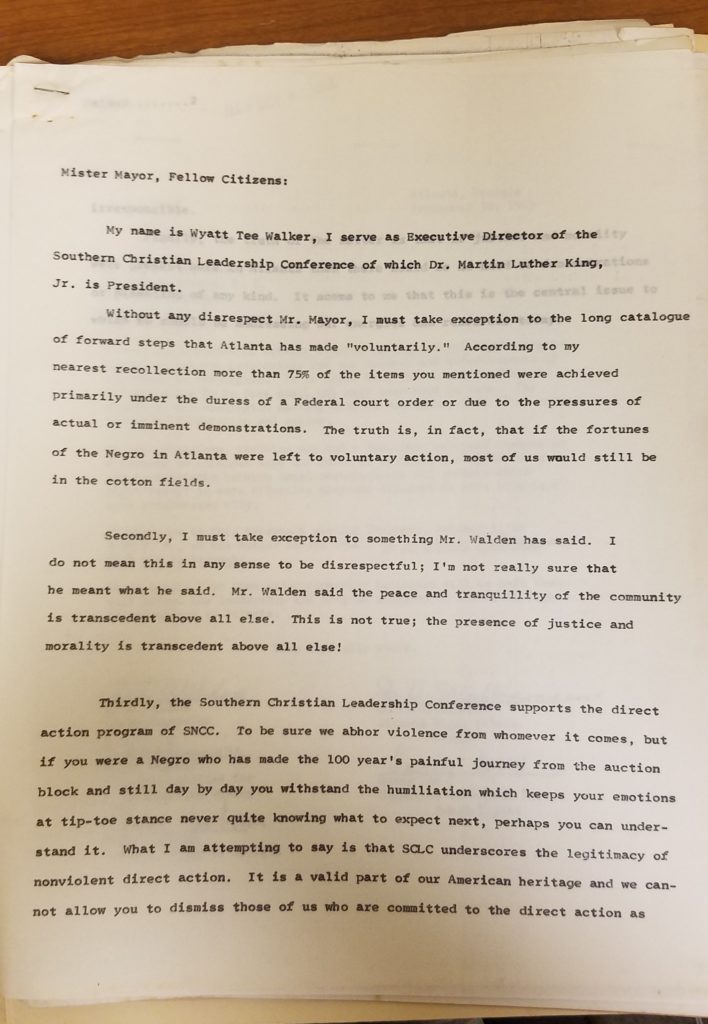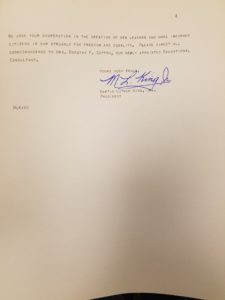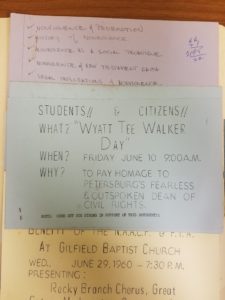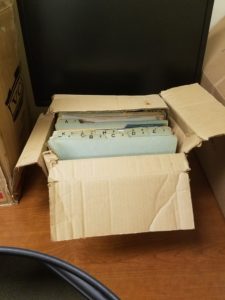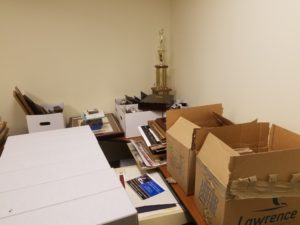(Note: This post was authored by Taylor McNeilly, Processing & Reference Archivist.) As you all may know, this past Monday was the Wyatt Tee Walker Symposium, held here on campus after being rescheduled to avoid some inclement weather (read: a hurricane and some tornadoes). I thought I’d take this week’s #WyattWalkerWednesday to discuss the collection, some of the pieces that were on exhibit, and some of the many questions about the collection that came up during the symposium.
Many of the items on display have been featured in previous blog entries, such as the letters from the Rev. Dr. Martin Luther King, Jr. and his wife, Coretta Scott King. Some of the material was only recently donated by Mrs. Walker, such as Dr. Walker’s captain’s jacket (Dr. Walker was an avid sailor, a member of multiple sailing clubs, and owned his own boat). A handful of items were previously donated and have only recently been processed, such as Dr. Walker’s folder of material concerning SCLC’s attention on the various 1963 civil rights bills introduced to the U.S. House of Representatives. A selection of Dr. Walker’s published works was also on display, as well as some of the other objects in the collection – Dr. Walker’s golf trophy, a mask he and Mrs. Walker had purchased on a trip to Singapore, keys to the cities of Richmond and Petersburg.
A lot of questions came up during and after the symposium. While many of these focused on Dr. Walker’s work and the legacy of that work, many of them were also focused on the collection and its role at the university moving forward. While this discussion must remain hypothetical until processing on the collection can be completed and the full collection can be opened to research, it is still a valuable discussion to have, especially as suggestions made now can be factored into our planning. A lot of attention was given to a question of “What does it mean for the University of Richmond, a predominantly white institution with a history of white supremacy, to have the Walker Collection, and how can the institution move forward with this?”
Putting aside the obvious need for the university to come to terms with its own history (something that the Race & Racism Project is doing a lot of work towards), many of the panelists (both UR and non-UR panelists) agreed that the Walker Collection coming to the University of Richmond is a strong sign that the university is doing its best to move beyond its racist past and embrace a more diverse and inclusive approach to education and history. As the professionals in charge of the collection’s organization, preservation, and use, Rare Books and Special Collections is dedicated to this vision of the collection: using it to help create a diverse and inclusive community both within the University of Richmond and outside of it. A lot of good ideas were discussed as to how the collection can be used to do this, and we are taking all of it under advisement as we continue to process the collection and ready it for use.
As always, any information about the collection being opened for use or how it is being used behind the scenes can be found on this blog or other official University of Richmond news sources. Check back next week for more information on the collection!

